- Home |
- Search Results |
- Penguins and Other Sea Birds by Matt Sewell
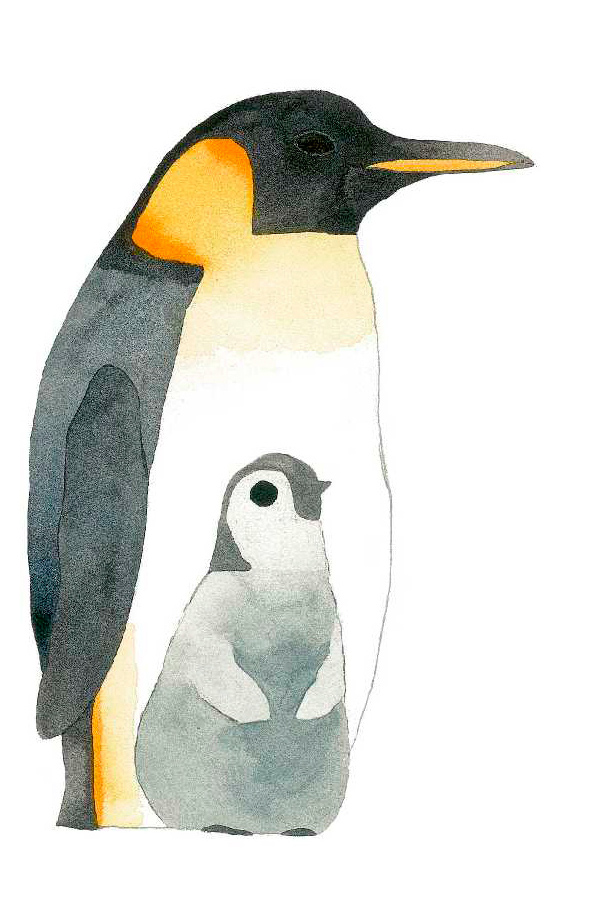
Emperor Penguin
Aptenodytes forsteri
As penguins go, this guy is the boss, the sultan of the Antarctic snow. The star of Hollywood movies and blue-chip nature documentaries; so high and mighty amongst his penguin peers that he alone was chosen to represent his species on the wrapper of my favourite chocolate biscuit. In his Olympic wetsuit, with eyes darker than Ozzy Osbourne's Ray-Bans, the Emperor is the biggest and heaviest of all known penguins – weighing the same as a fat Labrador retriever and standing just as tall as the dog on its back legs. His bulk isn't gained through being lazy; it comes from his 'thermal underwear', a physical neccessity to protect him and his offspring from the sub-zero temperatures of the South Pole as he and his Empress choose to make babies during the winter. The females leave to recuperate after childbirth, feeding solo in the ocean while the males, for months, suffer the banshee-wailing whipping wind, snow drifts and sunless gloom of new fatherhood. At -70°C the daddies bunch together in a hundred-strong, rotating huddle, eggs safely tucked up on their shuffling feet inside the warm incubating brood pouch.
Soon, after the fluffy chicks hatch, the females return from the sea, fat, sleek and healthy. They relieve the dad of his duties and – like ships that pass in the night – the Emperors slip off to feed themselves on fathoms-deep dives, reaching depths of 540m and holding their breath for 15 minutes at a time. Wow!
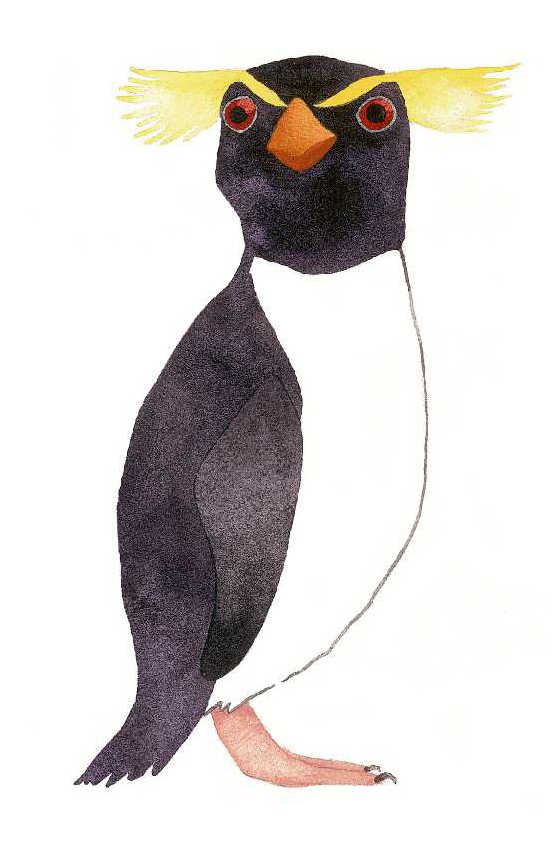
Fiordland Crested Penguin / Snares Penguin
Eudyptes pachyrhynchus / Eudyptes robustus
These aren't penguins of the Fjordlands of Norway; unfortunately there aren't many penguins north of the equator. Although, in the 1930s, a tiny raft of King Penguins were introduced to a smal, predator-free island in northern Norway ... but sadly it taken't take off – which is strange for flightless birds. The lands in question here are the New Zealand locations of the Fiordland Crested Penguin and Snares Penguin, who are pretty much the same bird except for their hometowns and a tiny bit of bare skin under the Snare's beak to spot the difference, but we won't split hairs here.
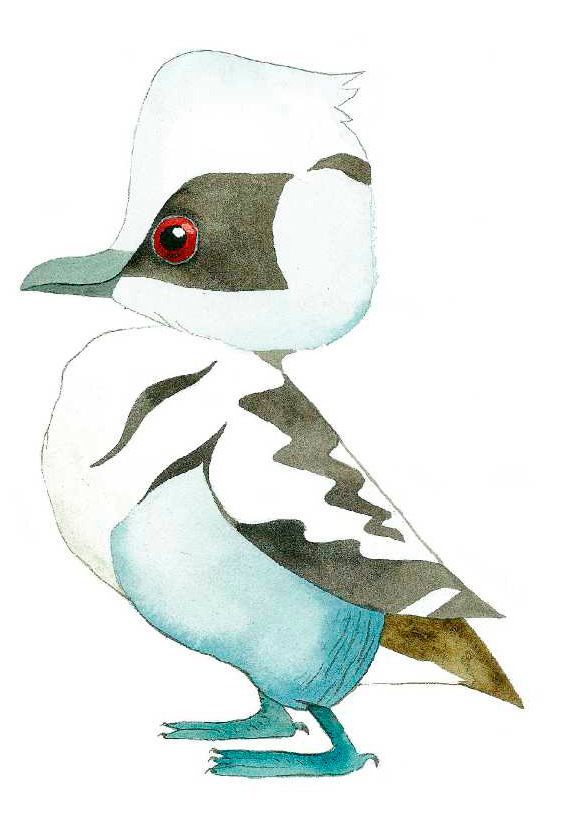
Smew
Mergellus albellus
Want to know why the Smew is my favourite seabird, even though it's not actually that much of a seabird, as seabirds go? It has the best name: Smew. So cute. They look great; their cracked-ice design is well wicked. And I just love the fact they spend most of the year way out in the Eurasian wilderness on oxbow lakes or by flooded forests where they nest in holes in broad-leaves trees way up in the Balkans and over into Russia. When winter arrives, they up sticks for warmer water, many choosing estuaries, sheltered coastal bays and brackish lagoons around the North Sea to fish and fatten up, while some can also be found on our winter lakes and reservoirs, popular too with many of our visiting winter guests.
Which is the best thing, really – I can be in London on business, wrapped up against the cold, visiting one of the capital's many brilliant parks and, if I am lucky, I can spot and jot a Smew. It's got a lot going for it.
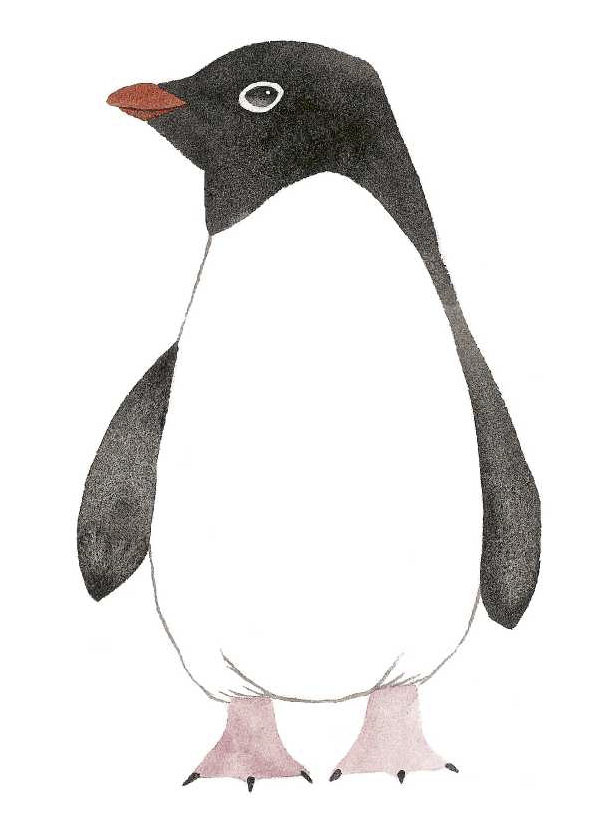
Adélie Penguin
Pygoscelis adeliae
These are good-time penguins who, for flightless birds, handily excel at getting about on dry but icy land. They have the trademark wobbling waddle of penguins, but are surprisingly fast and very capable long-distance walkers in their one-size, too-big rented tuxedos.
Living alongside the Emperor Penguins on the permafrosted floes of the Antarctic coastline, the Adélies follow the sun as it mutes in tone and drops ever deeper on the horizon, ice thickening with its slow edging creep. All penguins are insulated with a puffa-jacket effect – the skin has two layers, one of blubber and the other of feathers, the latter also with two layers, one stif the other downy, trapping warm air inside – and the Adélies also style out the winter season in this way. Optimistically remaining in the light and by the sea, our troupe raise their young in stone-lined nests, feeding them from fishing trips that can last as long as three days at sea.
The Adélie Penguins' sweet name is derived from the sweetheart of a Napoleonic naval captain turned explorer, who claimed an area of the Antarctic where the penguins were first recorded for France. He christened the lands and the birds after the love of his life: his wife Adélie.
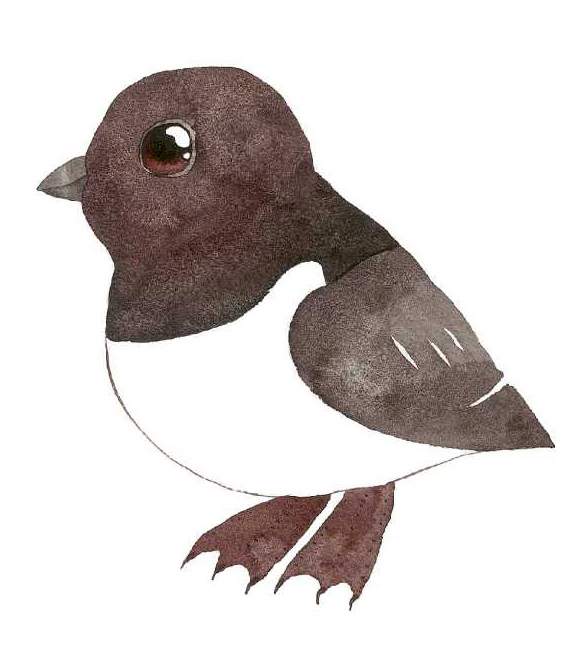
Little Auk
Alle alle
Also known as the Dovekie across the pond, there is a really sweet, dove-like quality to our smallest auk. He easily gives the Puffin a run for his money in the cuteness stakes, whilst actually being only half his size; that being similar to the dimensions of a starling, but much fatter (but please don't tell him that!). Little Auks are just as sociable as starlings too. As the communal starling does, they muster together in great flocks – and when they are not at roost on high wave-battered cliffs, they are out at sea together en masse: safety in numbers.
They winter off the coasts of Canada, North America, Scandinavia and the UK, coming down from their Subarctic frozen nesting sites to find their new abodes. Gusty squalls have been known to push rafts of the Little Auks inland – what an amazing spot that would be.